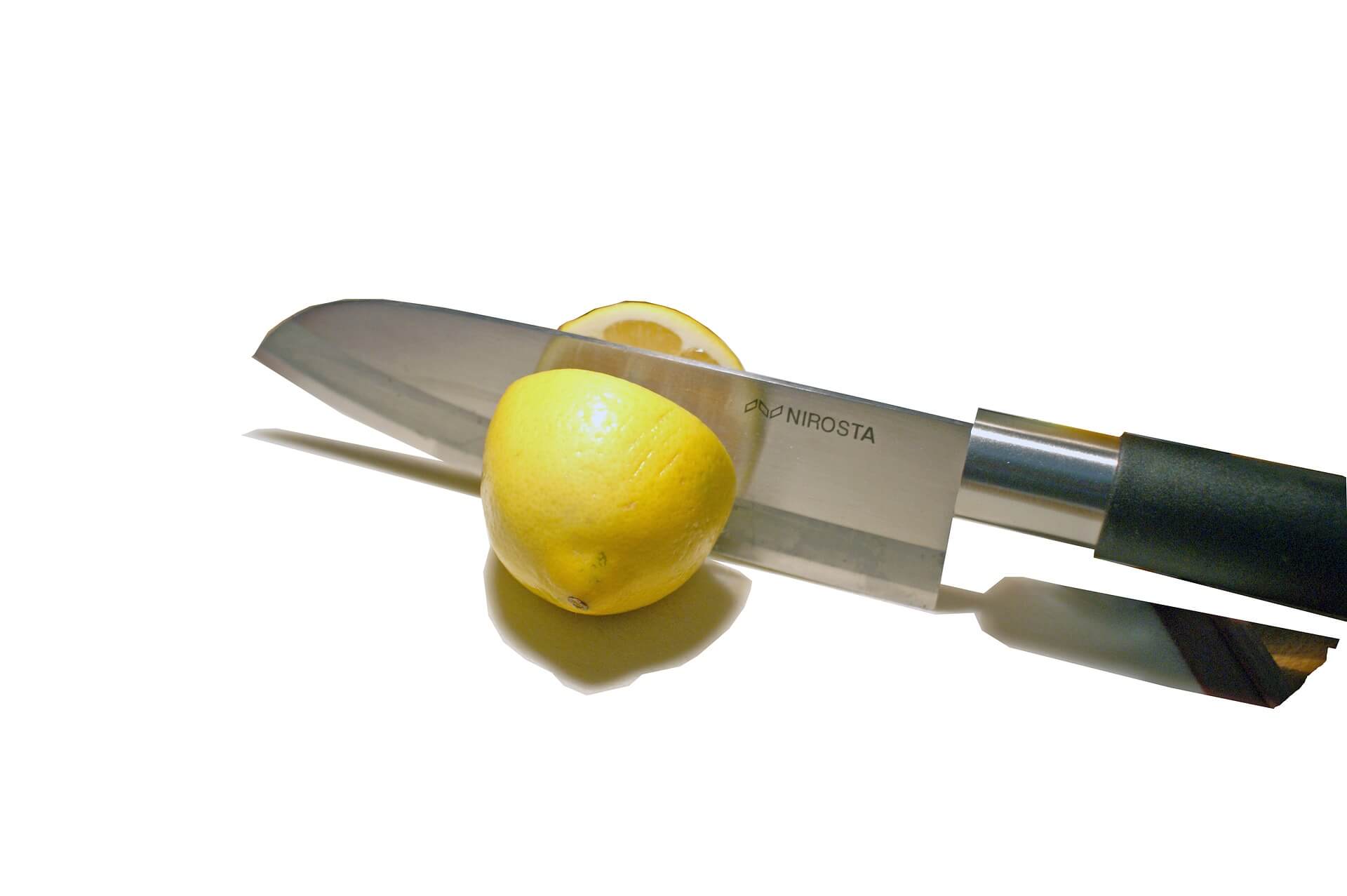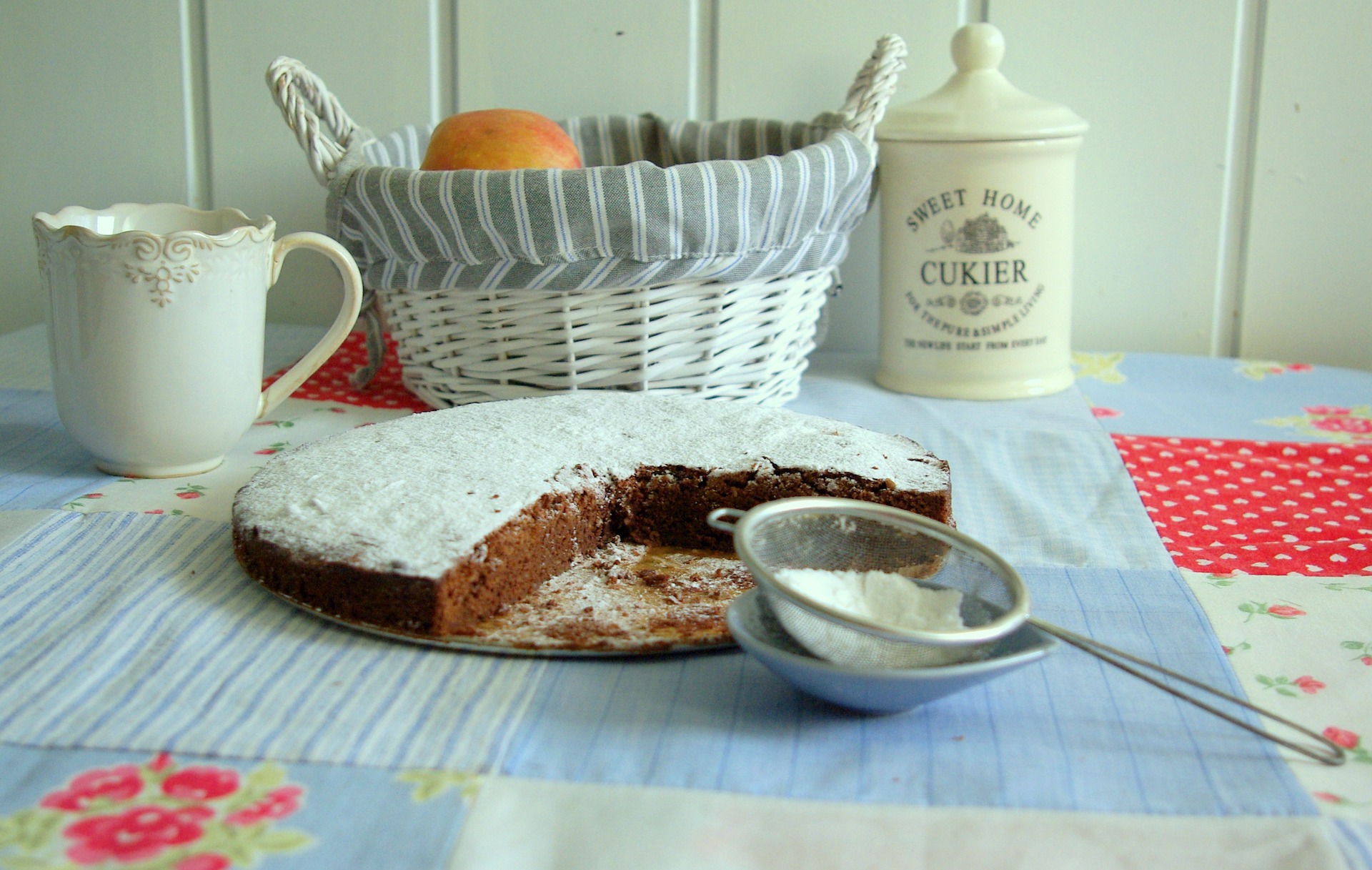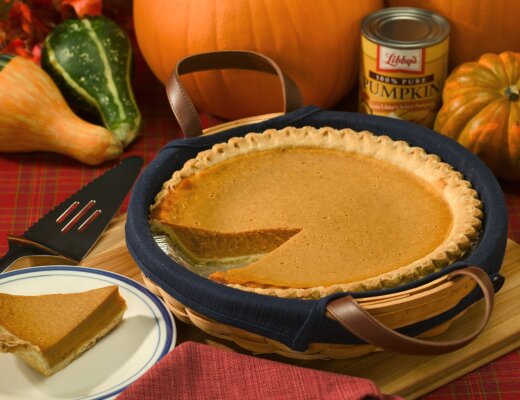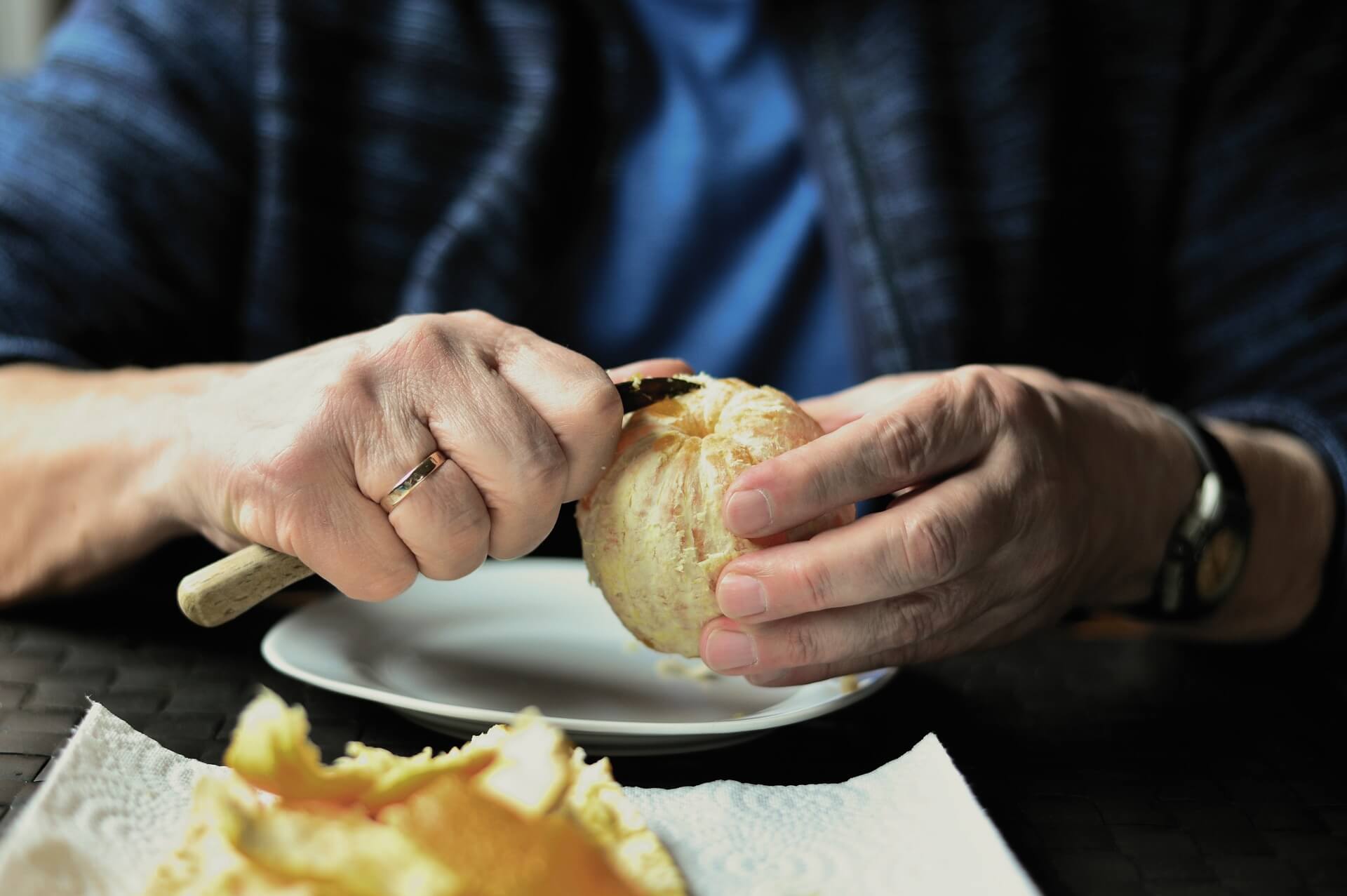A santoku knife is like the best friend of any great chefs knife. While chefs knives will do most of your “heavy lifting in the kitchen”, a santoku is going to make sure that you can take care of smaller, more intricate cutting with ease and efficiency.
Santoku knifes are big enough where they can even replace a great chefs knife, but too big to do the detail work of a paring knife – which makes those 3 the essential knifes that any home cook should have in his or her kitchen.
What to Look for in a Great Santoku Knife
There are a few things that you want to look for when you’re considering what santoku knife to buy. Make sure to really focus in on these few keys, and don’t get sold on the idea of getting your santoku through a traditional “box” or knife “block”. A good santoku is worth paying the extra money for.
- Weight – A Santoku that is worth having is going to be lighter than a chefs knife, largely because you won’t be cutting quite as robust of meats. It’ll be lighter, but you should still feel some weight in the handle.
- Comfortable grip – This really goes with any knife, but if it doesn’t fit your hand well, you won’t like it. If you don’t like it, you probably won’t use it well.
- Price – I’ve seen really good santoku knives for $20, and I’ve seen crap ones for $100. Ultimately, make sure to read the reviews and make sure you’re getting something with a good reputation.
- Sharpening – Better knifes don’t need to be sharpened every day, just as we mentioned with traditional chefs knives. If used regularly, sharpening once per week with a santoku knife is plenty. You’re going to be using a santoku mostly for cutting of veggies, fruits, and lighter meats, so it shouldn’t be a frequent need.
Consider all these factors when you’re considering your next santoku knife!
















